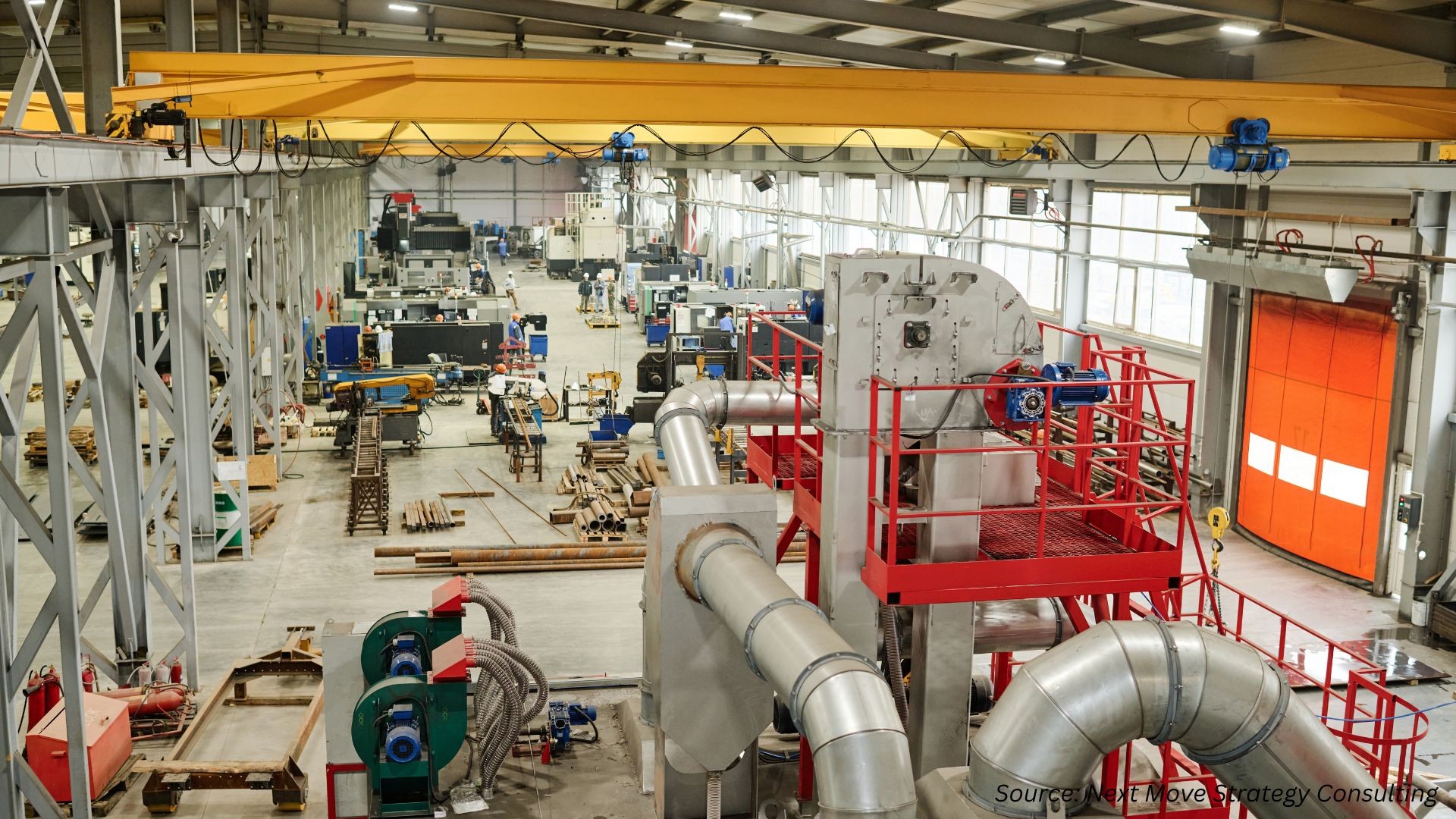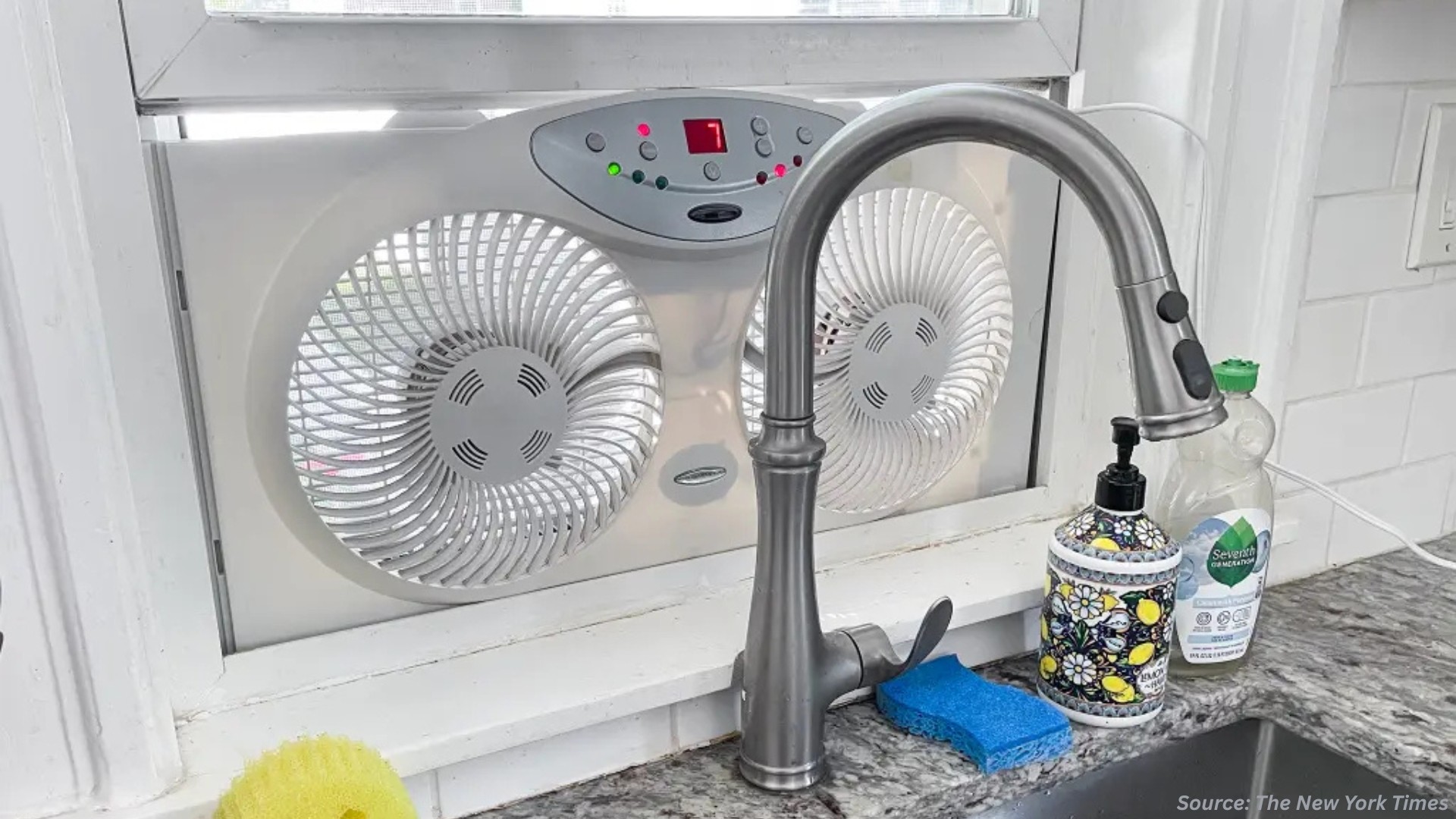Russia Air Handling Unit (AHU) Market is expected to reach USD 285.5 million by 2030
Published: 2025-10-20
The rising demand for HVAC systems over the region is driving the demand for the Russia air handling unit (AHU) market during the forecast period.
Russia Air Handling Unit (AHU) Market size was valued at USD 238.3 million in 2023, and is predicted to reach USD 285.5 million by 2030, at a CAGR of 2.0% from 2024 to 2030, according to new research by Next Move Strategy Consulting.
The escalating demand for HVAC systems emerges as a decisive factor propelling the Air Handling Unit (AHU) market's expansion.
HVAC systems, crucial for maintaining optimal indoor environments across residential, commercial, and industrial domains, are experiencing a notable surge in demand.
The burgeoning global population, alongside advancements in living standards, emphasizes the necessity for effective climate control and air quality management.
AHUs, as vital constituents within HVAC infrastructures, play a pivotal role in regulating temperature, humidity levels, and air circulation.
Influential factors such as urbanization, evolving climatic patterns, and heightened awareness of indoor air quality collectively contribute to the mounting demand for HVAC solutions.
This trend mirrors a broader societal focus on improving living and working conditions, thereby propelling the growth of the Air Handling Unit market to fulfill diverse sectoral requirements.
Moreover, the burgeoning construction industry acts as a primary driver for the heightened demand within the Air Handling Unit (AHU) market.
As economies advance and urbanization accelerates, there emerges a simultaneous need for the construction of new residential, commercial, and industrial buildings.
In these construction projects, the installation of HVAC systems is imperative, with AHUs assuming a critical role.
Whether in new construction projects or the renovation of existing structures to meet contemporary standards, the demand for HVAC solutions propels the market for AHUs.
This trend is not confined to specific regions but is particularly conspicuous in areas experiencing rapid urban expansion and infrastructural growth.
The expansion of the construction industry directly contributes to the increasing adoption of AHUs, underscoring their integral role in modern heating, ventilation, and air conditioning systems.
However, market viability faces a substantial challenge owing to the high investment costs and regular maintenance demands.
The procurement and installation of Air Handling Units (AHUs), especially for large-scale applications, necessitate significant capital outlays encompassing AHU units, ductwork, control systems, labor expenses, and infrastructure modifications.
Moreover, the ongoing maintenance tasks such as servicing, filter replacements, and preventive measures escalate the overall cost of ownership, placing financial burdens on building owners.
Furthermore, the complexity inherent in modern AHU systems exacerbates these financial challenges. These financial barriers may deter potential customers, particularly those operating within tight budgets or considering alternative HVAC options.
Consequently, escalating concerns regarding high costs among consumers and the availability of alternative HVAC systems serve as constraints on market growth.
On the other hand, the paradigm shift within Air Handling Units (AHUs) towards increased intelligence and connectivity is imminent, driven by the integration of Internet of Things (IoT) technology.
This transition involves embedding advanced sensors within AHUs to monitor crucial parameters such as temperature, humidity, and air quality in real time.
With IoT integration, these AHUs will form part of a connected system, enabling remote access and control of HVAC functions. Building managers and technicians will enjoy the advantage of remotely monitoring AHU performance, swiftly identifying issues, and optimizing system efficiency.
Additionally, leveraging data analytics and machine learning algorithms facilitates predictive maintenance, ensuring timely interventions to prevent potential faults.
The primary benefits of this smart and IoT-enabled approach include enhanced energy efficiency, improved system performance, and long-term cost savings.
Overall, this integration of smart technologies positions AHUs as more responsive, efficient, and adaptable components within the evolving landscape of HVAC solutions.
Request for a Sample PDF on the Russia AHU Market
Several market players operating in the Russia air handling unit (AHU) market include Carrier Global Corporation, Daikin Industries, Ltd., Johnson Controls, Lennox International, Midea Group, Stulz GmbH, Systemair AB, FlaktGroup AB, RM Vent LLC, TROX GmbH, and others.
Key Insights from the Russia Air Handling Unit (AHU) Market Report:
-
The information related to key drivers, restraints, and opportunities and their impact on the Russia air handling unit (AHU) market is provided in the report.
-
The value chain analysis in the market study provides a clear picture of the roles of each stakeholder.
-
The market share of players in the Russia air handling unit (AHU) market is provided in the report along with their competitive analysis.
















Add Comment